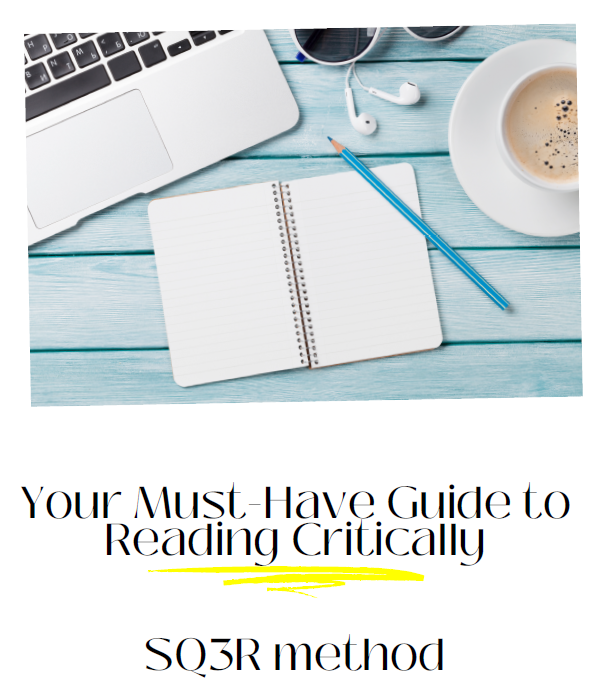Being too descriptive or focusing on explaining theories rather than evaluating them is a common problem university students face on their undergraduate and postgraduate degrees. Quite interestingly, not only international but also home students need to deal with. Being a native speaker of English will not help you much in this case as thinking and as a result, reading or writing critically does not belong to a language but is anchored in an educational system. In this respect, English-speaking countries have an advantage over other countries as they do have critical thinking classes in their curriculum, but it does not mean that native speakers of English do not find it difficult to read and write critically.
What does it mean to read critically?
It is quite a common practice to focus on writing skills more than on reading at the university level. The reasons seem evident. First of all, as a student you produce a lot of writing in the form of essays, reports or in the form of your final dissertation. Second of all, you are expected to be able to communicate effectively in informal contexts e.g. email communication. Finally, when you leave university, you will have to prepare your CV and a cover letter, which again require strong writing skills. However, very rarely is it highlighted anywhere that the building block of writing is reading. What is more, if you want to write critically you need to learn to read critically. So what does it mean to read critically?
Quite mistakenly, many students associate critical reading with criticising what they are reading. However, critical reading has got nothing to do with finding faults in somebody’s writing, but it is about evaluating the strength of the argument and the evidence presented in the paper. Critical reading is based on differentiating between a fact and opinion, which these days is a key life skill, not only a skill reserved for researchers. According to Gillett, Hammond and Martala (2009), critical reading ‘means being aware of your opinions and assumptions (positive and negative) of the text you are reading so you can evaluate it honestly. It is also important to be aware of the writer’s background, assumptions and purposes. All writers have a reason for writing and will emphasise details which support their reason for writing and ignore details that do not.’
Now, when we know what critical reading is, let’s think of what can help us improve our critical reading skills. We need to remember that reading is not a passive activity It might be when you want to switch off after a long day, but critical reading is active, which means you need to be constantly interacting with the text. How can you do it?
Critical reading as an interactive process
One of the most common techniques used for interacting with a text is called SQ3R. SQ3R was proposed by Francis P. Robinson, a prominent American educational psychologist, in his book Effective study (1946). This acronym stands for: survey, question, read, recite, and review. How does it work in practice?
S stands for Survey
Prior to the actual reading of the text, it is useful to engage with a series of macro-questions, aimed at fostering a critical outlook toward the text in general:
- Is this a typical text of its type?
- Who produced this?
- Who will read it?
- How is it structured?
- In what other ways could it have been written?
- Why was it produced?
Q stands for Query the Text
At this stage, you are asked to:
- select the sections of the text relevant to your reading task
- read the first sentence in every paragraph of the section
- write down any questions you think the writer will answer in the text
R stands for Read the Text
- Underline / highlight key words as you read – but be selective!
- Make notes on the text as you read [e.g. your questions; examples you think of as you read; contradictions you think of as you read]
R stands for Recite
- What are you learning from the text?
- Is it answering your questions?
- Relate the information to what you already know
R stands for Review the Text
The purpose
-Who wrote it? With what agenda?
The claim
-What is the report claiming to be the case
The issue
-What is the issue the report addresses?
The recommendation
-What does the report suggest needs to be done?
The evidence
-What evidence does the report put forward?
The value
-Why and how does the author(s) believe this research to be of value
References:
Gillett, A. J., Hammond, A. & Martala, M. (2009). Successful academic writing. Harlow: Pearson Education.
Robinson, F.P. (1946) Effective Study. New York: Harper & Row.


